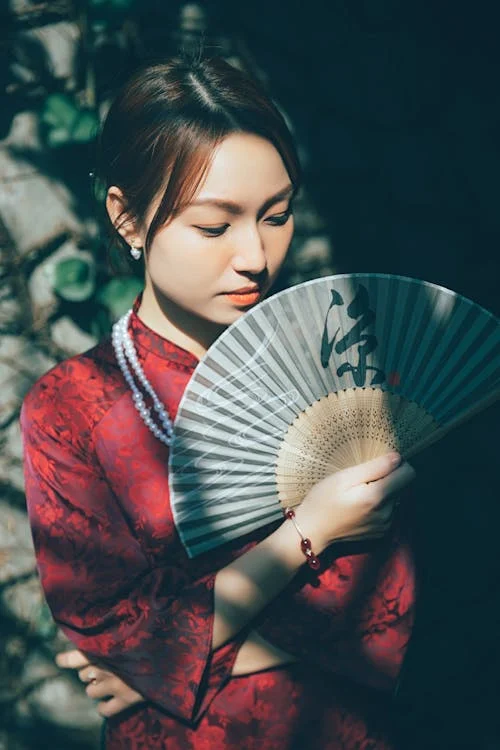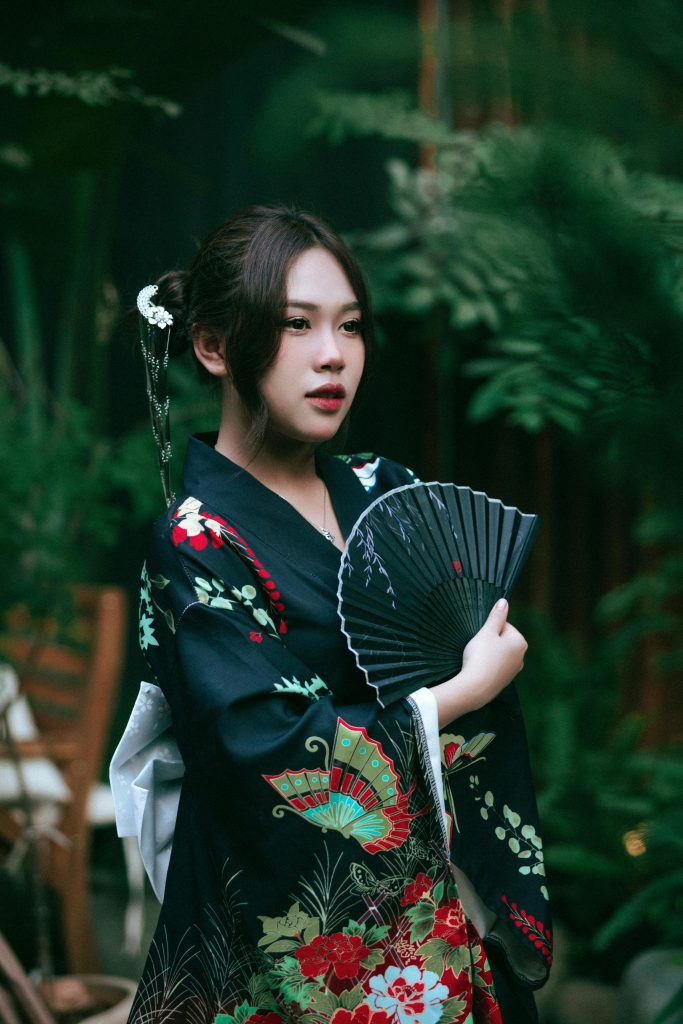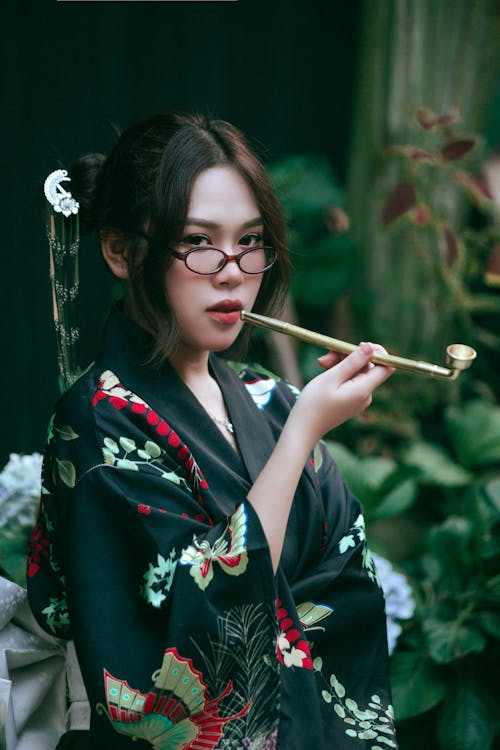Best Women’s Japanese Fashion Brand New Trend 2024

Women’s Japanese fashion is a fascinating blend of traditional beauty and modern innovation. From the historical roots of kimono to the sleek lines of contemporary streetwear, Japanese fashion for women has developed into a style powerhouse, setting trends that inspire the fashion industry worldwide. Whether you’re seeking inspiration from cultural attire or following current fashion movements, Japan’s fashion scene offers a wealth of diversity.
Thank you for reading this post, don't forget to subscribe!
The Essence of Traditional Japanese Fashion
Kimono: The Symbol of Japanese Tradition
One cannot discuss women’s Japanese fashion without starting with the kimono. A garment that represents elegance, heritage, and ceremony, the kimono is known for its flowing fabric, intricate designs, and attention to detail. While the kimono is no longer everyday wear, it remains an integral part of Japan’s fashion identity, especially during special occasions such as weddings, tea ceremonies, and festivals.
- Fabric and Design: Typically made from silk, the kimono features bold patterns and seasonal motifs like cherry blossoms, cranes, and waves.
- The Obi: A wide, decorative belt that ties around the waist, adding structure and sophistication to the garment.
Even today, modern fashion designers often incorporate kimono-inspired elements into contemporary designs, merging the old with the new.
The Influence of Harajuku: A Hub of Unique Street Fashion
What Is Harajuku Fashion?
Harajuku is synonymous with vibrant, eclectic street fashion. Known for its bold colors, quirky patterns, and unconventional layering, this fashion movement has carved out a global identity that reflects freedom, individuality, and self-expression. Women in Japan, especially in the Harajuku district of Tokyo, push the boundaries of creativity, often blending traditional garments with modern pieces.
Substyles Within Harajuku Fashion
Harajuku fashion isn’t monolithic—within it exists a wide range of substyles, each representing different facets of creative expression.
- Lolita Fashion: Characterized by Victorian and Rococo-inspired attire, Lolita fashion is all about femininity, lace, and elegance. Dresses often feature ruffles, bows, and elaborate headpieces.
- Gyaru: A more glamorous style, Gyaru emphasizes long lashes, big hair, and bold prints. It’s a playful and exaggerated take on beauty and fashion.
- Decora: Known for its over-the-top accessorizing, Decora fashion includes layering multiple bright, colorful accessories, often plastic toys, beads, and clips.
Harajuku’s influence can be seen in international streetwear, but the spirit of the movement remains distinctly Japanese.
Minimalism in Modern Japanese Fashion

The Rise of Minimalist Aesthetic
Contrasting the exuberance of Harajuku fashion is Japan’s modern minimalist movement. Simple lines, muted colors, and clean silhouettes dominate the wardrobes of many Japanese women today, reflecting a cultural value placed on simplicity and functionality.
Key elements of minimalist Japanese fashion include:
- Monochrome Color Palettes: Shades of black, white, grey, and beige dominate the minimalist wardrobe.
- Natural Fabrics: Cotton, linen, and wool are frequently used in minimalist designs to enhance comfort and practicality.
- Oversized Silhouettes: Many minimalist outfits feature loose, flowing garments that create an understated yet chic look.
This minimalist approach aligns with the broader zen philosophy of Japan, emphasizing a balance between form and function.
Japanese Fashion Icons Who Influence Global Trends
Notable Designers
Several Japanese fashion designers have left an indelible mark on the global fashion industry, taking inspiration from both traditional and modern Japanese styles.
- Issey Miyake: Known for his innovative use of pleats and fabric technology, Miyake’s designs reflect the marriage of art and practicality.
- Yohji Yamamoto: A master of avant-garde design, Yamamoto’s work often features draping, asymmetry, and black fabric, with a focus on non-conformity.
- Rei Kawakubo (Comme des Garçons): Famous for her rebellious, deconstructed clothing, Kawakubo challenges traditional notions of beauty, often creating pieces that blur the line between fashion and sculpture.
These designers have paved the way for new generations of fashion enthusiasts, influencing collections from Paris to New York.
The Cultural Influence of Japanese Fashion on the World

Japanese women’s fashion has had a profound impact on global fashion trends. From the runways of Tokyo Fashion Week to international fashion capitals, elements of Japanese style are celebrated and imitated worldwide.
Fusion of East and West
What sets Japanese fashion apart is its ability to seamlessly blend traditional elements with modern innovations. Western designers often draw inspiration from Japanese aesthetics, incorporating origami folds, kimono sleeves, and minimalist designs into their collections. Conversely, Japanese designers also reinterpret Western fashion trends, making them uniquely Japanese.
The Kawaii Movement
Another significant cultural export from Japan is the Kawaii (cute) culture, which has gone beyond fashion to influence pop culture globally. In fashion, the Kawaii style emphasizes bright, pastel colors, childlike motifs, and playful, innocent designs. This movement has spread worldwide, influencing not just clothing but accessories, makeup, and even lifestyle choices.
Sustainable Fashion: Japan’s Commitment to Ethical Fashion
As the fashion industry worldwide becomes more conscious of environmental impacts, Japan is at the forefront of promoting sustainable fashion practices. Many designers are now focusing on eco-friendly materials, ethical production, and reducing waste.
Brands Leading the Way
- MUJI: Known for its minimalist, high-quality clothing, MUJI has a strong focus on sustainability and ethical sourcing.
- Uniqlo: This globally recognized brand is actively working toward a more sustainable future by promoting recycling programs and using eco-friendly materials in its collections.
In Japan, the trend of secondhand shopping is also gaining traction, with vintage stores becoming popular among women who seek to combine fashion-forward thinking with sustainability.
Conclusion
Women’s Japanese fashion is a rich tapestry of tradition, innovation, and cultural expression. From the timeless elegance of the kimono to the boldness of Harajuku street fashion, and the clean lines of minimalist clothing, Japan continues to influence global fashion trends in countless ways. Whether you’re looking to embrace traditional garments or dive into modern street styles, Japanese fashion offers endless possibilities for inspiration.
